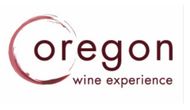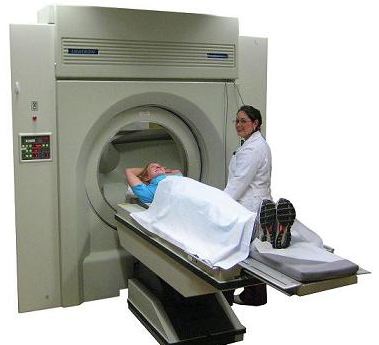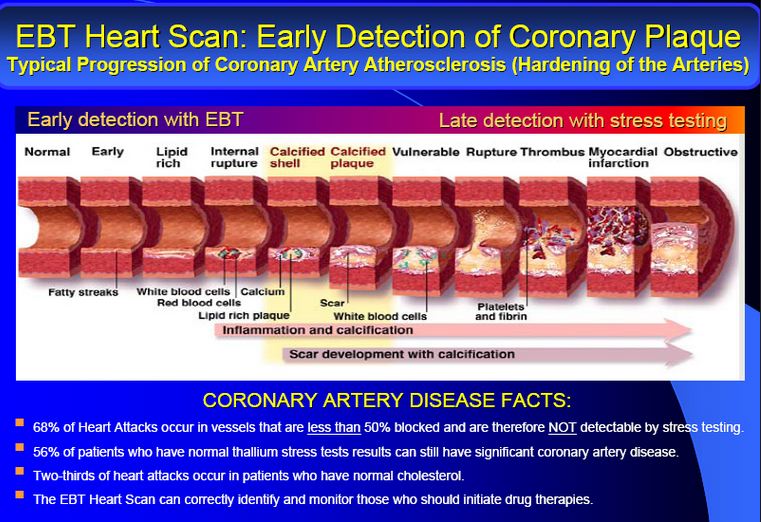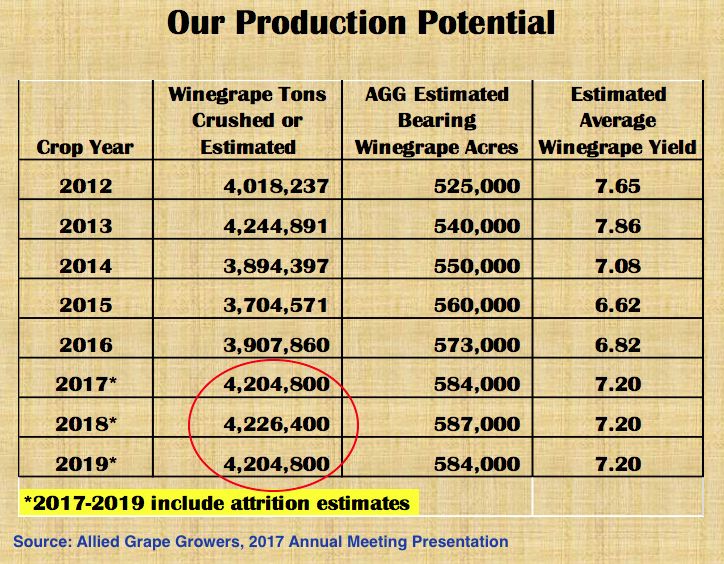Pinot Briefs
—Newsletter 11.7
Santa Cruz Mountains Pinot Paradise Revived in New Format The Santa Cruz
Winegrowers Association (SCMWA) will hold the 13th Annual Pinot Paradise on Saturday, September 23,
2017, with a Pinot Harvest Dinner, and continues the weekend of October 13-15, 2017, with a Reserve Tasting,
Pinot Picnic, Technical Pinot Noir Session and Pathway to Pinot Paradise Wine Trail. The event is now devoted
to Pinot Noir and Chardonnay grown in the Santa Cruz Mountains. The Pinot Harvest Dinner under the Stars
will be held at Lester Family Vineyards, the Reserve Wine Tasting and Dinner at Hollins House Pasatiempo,
the Pinot Picnic in the Park at Quail Hollow Ranch Park, a Technical Pinot Noir Session at Scotts Valley Hilton,
and a Pathway to Pinot Paradise at the wineries in and around the Santa Cruz Mountains. Pre-event pricing for
tickets is now in effect. For more information and to buy tickets, visit www.scmwa.com.
Oregon Wine Experience® Miracle Auction and Salmon Bake This gala event of the
Oregon Wine Experience® will be August 26, 2017 from 4:30 p.m. to 10:00 p.m. at the historic Brigham Knoll
Campus in Jacksonville, Oregon. The Coquille Indian tribe will cook salmon over and alder and cedar wood fire
and this will be accompanied by an extravagant outdoor buffet created by notable local chefs. The wine served
throughout the dinner and Miracle Auction will be the Gold and Best of Show award winning wines from the
Oregon Wine Competition®. The Miracle Auction sends 100 percent of the proceeds to Asante Children’s
Miracle Network. Over 100 wineries from across the state of Oregon participate in the week long Oregon Wine
Experience®.

2017 WineSong The 33rd Annual WineSong event will be held on September 8 & 9, on the Mendocino
Coast of Northern California. The Little River Inn will host A Pinot Noir Celebration on Friday, September 8,
featuring wines from Anderson Valley and other renowned Pinot Noir producing regions. The WineSong Charity
Auction & Tasting on Saturday, September 9, is held at the Mendocino Coast Botanical Gardens with all
proceeds going to the Mendocino Coast Hospital Foundation. Tickets may be purchased at www.winesong.org.
Sonoma County Tourism Booming Last year new records for hotel occupancy and average daily
room rates were set at $166 from January to December 2016. Total travel-related spending in the county rose
to $1.9 billion, an increase of 5.7 percent over 2015, and the industry supports more than 20,000 jobs
according to the Sonoma County Tourism Bureau.
Kosta Browne at 20 Years A recent article at www.forbes.com caught my eye titled, “Kosta Browne 20
Years Later.” After very humble beginnings, the winery now produces at least 14 different wines with a total
production of about 25,000 cases a year. In 2016, Nico Cueva became the head winemaker, taking over for
Michael Browne. The winery has such exclusivity now that its winery in The Barlow in Sebastopol is not open to
the public, although special guests can often land a tour. I have written extensively about Kosta Browne in the
PinotFile, and my reviews go back to the 2005 vintage. I first got to know Michael when he was crafting Kosta
Browne wines in the caves at Freeman Winery many years ago. Michael now has his own label, CIRQ, and
just released Pinot Noirs under that label from Bootlegger Vineyard and Treehouse Vineyard in the Sonoma
Coast. The Kosta Browne wines are only available through a mailing list at www.kostabrowne.com, as are the
CIRQ wines at www.cirq.com.
David Adelsheim Sells Eponymous Winery David Adelsheim is one of Oregon’s wine business
icons, having run Adelsheim Vineyard for nearly fifty years. He has sold his ownership to Jack and Lynn
Loacker, who have co-owned the winery since 1994, but will remain in an advisory role. Winemaker Dave
Paige will be retained and will focus solely on Pinot Noir and Chardonnay. The winery has grown from an initial
19 acres to six estate vineyards in the Chehalem Mountains and annual production of about 43,000 cases per
year. I am sure that David will continue to be an important supportive voice for the Oregon wine industry. Visit
www.adelsheimvineyard.com.
Willamette Valley Pinot Noir as a Cultural Good Neal D. Hulkower used my tasting scores
and prices to see if Willamette Valley Pinot Noir reflected its value as a cultural good. Hulkower determined that
Willamette Value Pinot Noir satisfies Professor David Throsby’s six cultural value characteristics. He concluded
that Willamette Valley Pinot Noir is recognized by consumers as embodying some of the attributes of a cultural
good for which they are willing to pay a premium. Read the full report in the latest Oregon Wine Press at
www.oregonwinepress.com/wv-pn-as-a-cultural-good.
For What Its Worth Golden Gate Wine Cellars in San Francisco conducted a blind tasting of 2014
California Pinot Noirs, all rated 94-96 by Robert Parker, except Alma Fria that was unrated (I reviewed it in
December 2016 and scored the wine 92). The tasting group consisted of 13 unnamed wine professionals. The
lineup included Argot (RP 96), North by Alban (RP 96), The Hilt Vanguard (RP 94), Rhys Horseshoe (RP 95),
Brewer-Clifton Hapgood (RP 96), Lucia Garys’ Vineyard (RP 95), J. Rochioli Three Corner (RP 95), Paul Lato
Seabiscuit (RP 95), and Alma Fria Holtermann (Unrated by RP). The clear winner was Alma Fria ($64.99) with
7 first, 2 second and 2 third place votes. Paul Lato was second and Argot was third. Visit
www.goldengatewinecellars.com.
California Highway 1 Discovery Route This route offers a fantastic wine experience and vacation
any time of the year. California Highway 1 Discovery Route along coastal San Luis Obispo County features the
Avila Wine Trail, the Pacific Coast Wine Trail, and many other winery experiences in Edna Valley, Arroyo
Grande Valley, Avila Beach and San Simeon. Download the SLO Wine Map at www.winecoastcountry.com and
visit www.Highway1DiscoveryRoute.com.
California Wine Production has Plateaued
Interested in Canned Wine? Tangent now offers the first 100% estate-grown and SIP-certified 2016
Sauvignon Blanc and a 2016 Rosé made with multiple varieties including a splash of Pinot Noir. The wines are
available in stores nationally for $7.99. Visit www.tangentwines.com.
Folate Intake and Breast Cancer Risk The Alcohol Research Forum presented a critique of
research to be published in the American Journal of Epidemiology in 2017, titled “Alcohol consumption and
breast cancer risk by family history of breast cancer and folate intake in younger women.” Forum members
considered this a very well-done analysis from the Nurses’ Health Study II, that followed young women for two
decades. The main results of this study were that without a positive family history of breast cancer, there was
no significant increase in cancer risk for any level of alcohol intake. With a positive family history, however,
there was a tendency for higher risk with increasing alcohol intake; this increase was not statistically significant
for those with high folate. Forum members concluded that the results from the present study should
greatly relieve anxiety about breast cancer for women without a positive family history of breast cancer
who choose to consume light-to-moderate amounts of alcohol. For women with a first-degree relative
with breast cancer, the data indicate that if they maintain a high level of folate intake, it may attenuate
an increase in risk associated with alcohol intake.
Live Longer by Moderate Drinking A recent study published in the July issue of Health Affairs
indicated that moderate drinking (14 drinks a week for men and fewer than seven drinks per week for women)
in combination with a healthy weight and avoidance of smoking cigarettes may add as much as seven years to
one’s life.This long term survey of the health habits of Americans 50 years of age and older was studied.
Obese smokers who drank heavily or not at all were the highest-risk group. The caveat is that this was a selfreported
study that leaves open the possibility of inaccurate reporting, but there are many similar research
studies in the literature to support the study’s findings.
Light Drinking Wine May Prevent Dementia The International Scientific Forum on Alcohol
Research (ISFAR) recently published a critique of a meta-analysis of recent research on drinking alcohol and
the risk of developing dementia. The meta-analysis found that light to moderate alcohol consumption (one drink
a day or less) leads to a lower risk of dementia that total abstinence. The risk for dementia was higher for those
who drank more than three to four drinks per day. There are many theories to account for the beneficial effect
of alcohol on developing dementia but it seems clear that people who drink wine lower their risk of developing
dementia. ISFAR members admit we just don’t know why this is true.
Health Revelations These comments have nothing to do with wine but bear highlighting. With all the
emphasis on lowering cholesterol, there is no consensus based on all current scientific studies that lowering
cholesterol through diet prevents heart disease. We have believed that lowering cholesterol would benefit
health. However, although most of the diet trials have lowered cholesterol, this did not reduce mortality from
heart attacks. The Minnesota Coronary Experiment actually found that the more men were able to lower their
cholesterol, the more likely they were to die from a heart attack. This is not to say that you should ignore a
significantly high cholesterol or LDL since that will most certainly require a combination of diet and drug (statin)
therapy particularly if there are other risk factors. Also of note regarding diet is that based on papers of
upwards of 500,000 people, no consensus association has been found between the consumption of saturated
fats and coronary heart disease. Since 1970, Americans have been replacing saturated fats with
polyunsaturated fats, yet cardiovascular disease remains a leading cause of death among men and women.
Don’t be afraid to eat avocado, eggs, cheese and nuts in moderation unless you are on a strict dietary regimen!
Read more at www.medscape.com/viewarticle/882564.

Readers over the age of 35 (men) and 40 (women) should consider having a Coronary Heart Scan by
Electronic Beam Tomography (EBT), especially if they have any risk factors such as high blood pressure, high
cholesterol, diabetes, history of tobacco use, family history of heart disease, are overweight, or have significant
stress. This test (photo of scanner above) can detect your risk for heart disease at an early stage. It is the only
scanner FDA approved for coronary artery scanning and is the only scanner capable of capturing motionless
images of the heart (the heart beats 60 times per minute, 3,600 beats an hour, 80,000 beats in 24 hours, and
2.5 billion times in 80 years). It is known as the “gold standard” for heart scanning. The test detects calcified
plaque in the coronary arteries (a sign of atherosclerosis) and the resulting calcium score can be used by your
physician for determining your risk for a heart disease event in the subsequent ten years, and for advising you
about preventative measures. The EBT is inexpensive - $125 - can be ordered by your physician, and is
performed at imaging centers. It takes less than 15 minutes, needs no injection, and requires no significant
undressing. It does involve some radiation exposure. Remember, that about 25% of people who have a heart
attack have no predisposing factors and no symptoms. (Disclosure - I have no financial interest in EBT)







